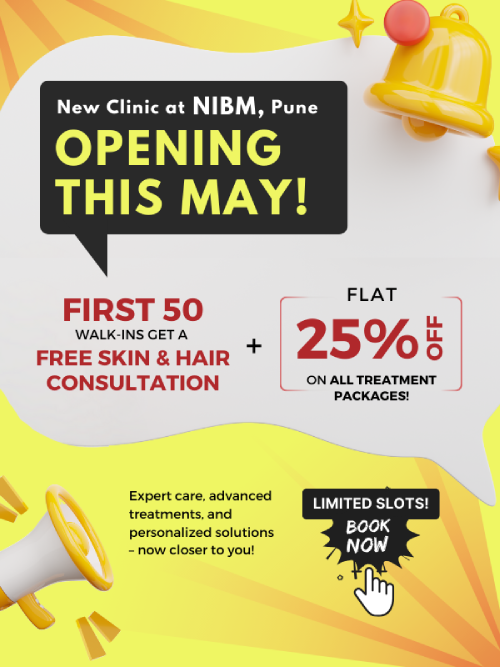Home / Autologous Fat Grafting & Stem Cells
Autologous Fat Grafting & Stem Cells
Unveil the Power of Autologous Fat Grafting Treatment
Overview
When skin loses its definition with age, autologous fat grafting can effectively restore facial features, especially in the cheeks, under-eye area, and jawline. This procedure involves harvesting fat from another part of the body and injecting it into the targeted areas, enhancing volume and contour. It offers a natural and long-lasting solution for those looking to rejuvenate their appearance without synthetic fillers.
Stem cell injections complement this process by addressing skin damage such as fine lines, wrinkles, acne scars, and tear trough deformities that cause under-eye dark circles. These cells promote skin regeneration and healing, providing a more youthful and revitalized look. Combining autologous fat grafting with stem cell therapy can offer comprehensive facial rejuvenation, tackling both volume loss and skin texture issues.
Types Of Autologous Fat Grafting
Autologous Fat Grafting, offers a personalized approach based on individual aesthetic goals and anatomical considerations. The procedure varies in technique and outcome, tailored to the patient’s specific needs and desired results.
| Condition | Area Treated | Conditions Treated | Probable Downtime |
|---|---|---|---|
| Acne Scar | Facial areas | Acne scars, depressed scars. | About a week |
| Under Eye : Tear Trough Deformity | Under-eye area | Dark circles, sunken tear troughs. | About 1-2 weeks |
Transformation with Autologous Fat Grafting
Witness the transformations captured in before-and-after images of patients who have undergone autologous fat grafting. Marvel at the visible enhancements achieved, from the smoothing of facial contours to the volumizing of depleted areas and the overall rejuvenation of skin texture. These photographs vividly illustrate the journey towards a revitalized appearance and renewed self-assurance, highlighting the profound impact of autologous fat grafting in restoring youthful contours and natural beauty.
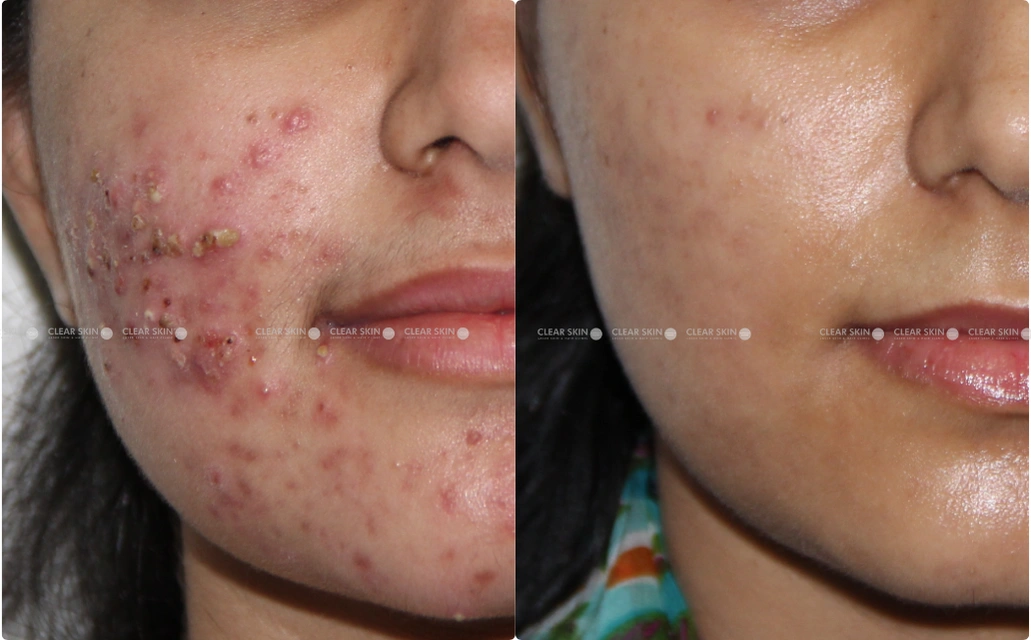
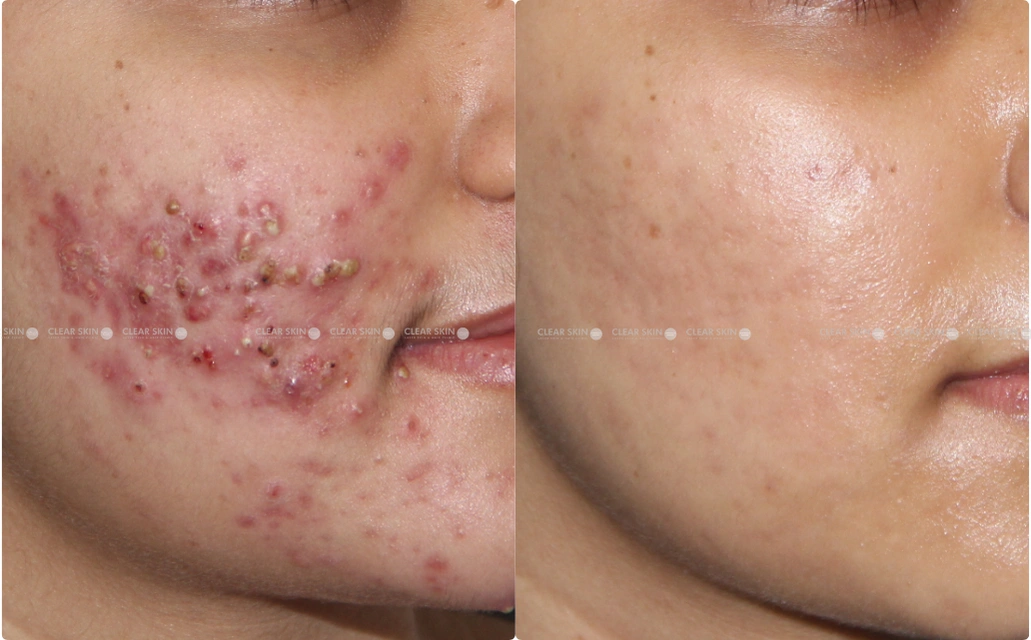
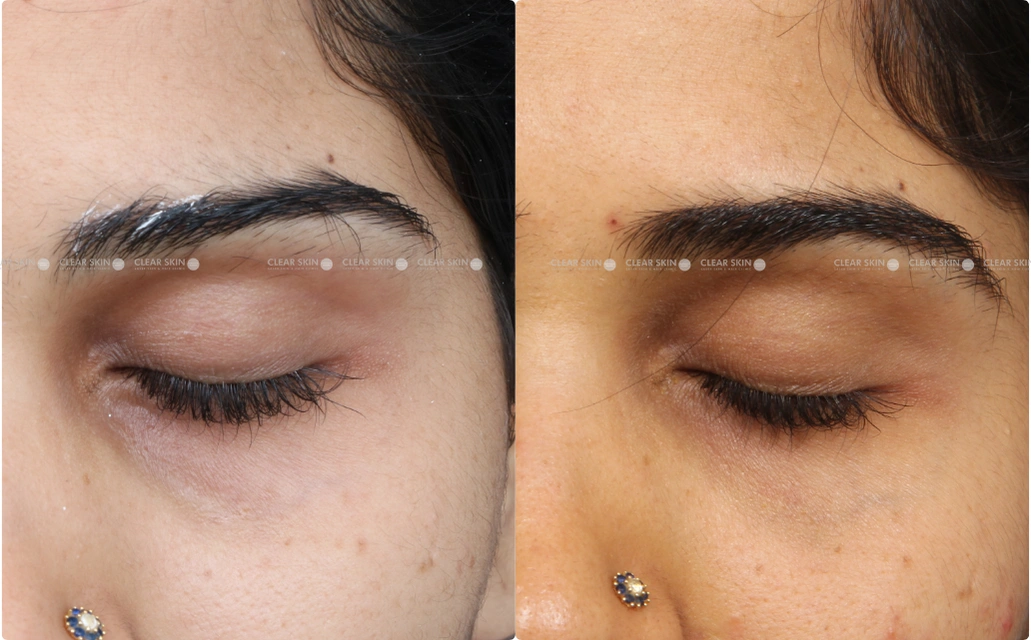
Utilizing Advanced Techniques in Autologous Fat Grafting Over Three and Half Decades
(You are one click away from flawless skin)
Cost Of Autologous Fat Grafting In Pune
The autologous fat grafting transfer cost, on average, is Rs.30,000 to 40000/-. The price of this treatment procedure would vary based on the skin condition to be treated, the area of the skin to be treated and the number of sessions required. For all your questions about nano fat transfer and its cost, consult a dermatologist of Clear Skin. He/she would assess your skin condition, decide if stem cell therapy or autologous fat grafting would be suitable for you, and how many sessions of the decided treatment would be required to achieve the best results.
| Conditions | Min. Cost Per Session | Max. Cost Per Session | Avg. Cost At Clearskin |
|---|---|---|---|
| Acne Scar | Rs. 30,000 | Rs. 70,000 | Rs. 40,000-50,000 |
| Under Eye Tear Truff | Rs. 25,000 | Rs. 60,000 | Rs. 40,000-50,000 |
Get Free Cost Estimate For Autologous Fat Grafting
Send your photos and get the tentative cost of treatment at Clearskin
Process Of Autologous Fat Grafting Treatment
Patient’s Guide To Autologous Fat Grafting
All you need to know
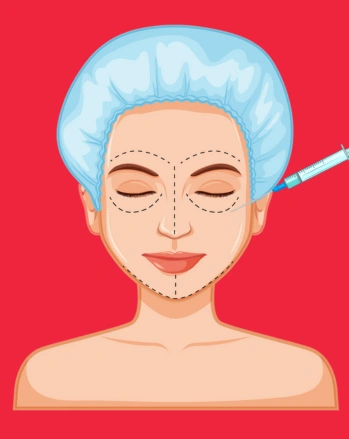
Autologous fat grafting and stem cell treatment use your body’s own fat and regenerative cells to enhance volume, rejuvenate skin, and promote natural healing.
Steps Involved
1 Consultation
Meet with a plastic surgeon to discuss goals and assess candidacy.
2 Preparation
Receive instructions for preparation and mark areas for fat removal and injection.
3 Anesthesia
Administer local anesthesia to numb donor and recipient sites; sedation or general anesthesia may also be used.
4 Fat Harvesting
Gently suction fat from donor areas (e.g., abdomen, thighs) using liposuction; process fat for purification.
5 Fat Injection
Inject purified fat into targeted areas (e.g., face, breasts, buttocks) using precise techniques for natural results.
6 Recovery and Results
Expect mild swelling, bruising, and discomfort; manage with prescribed medication and compression garments.
The process of a Autologous Fat Grafting involves several key steps:
Consultation: You’ll meet with a medical professional to discuss your goals and medical history. They’ll assess if you’re a suitable candidate for fat grafting.
Preparation: Before the procedure, the surgeon may mark the areas for fat removal and injection. You’ll receive instructions on preparing for the surgery, including any dietary adjustments or medication changes.
Anesthesia: Local anesthesia is typically used to numb both the donor site (where fat is harvested) and the recipient site (where fat is injected). In some cases, sedation or general anesthesia may be used.
Fat Harvesting: Using a gentle liposuction technique, fat is removed from areas like the abdomen or thighs. The fat is processed to purify it and prepare it for injection.
Fat Injection: The purified fat is carefully injected into the targeted areas needing enhancement, such as the face, breasts, or buttocks. The surgeon uses precise techniques to ensure natural-looking results.
Results: Over the following weeks and months, the injected fat integrates with existing tissues. Some initial swelling will subside, revealing final results that can last for years.
Follow-up: You’ll have follow-up appointments to monitor healing and ensure optimal results. Your surgeon will provide guidance on post-procedure care and when to resume normal activities.
Autologous fat grafting is valued for its natural-looking results and the use of your body’s own tissue, minimizing the risk of rejection or allergic reaction. It’s important to follow your surgeon’s instructions closely to achieve the best outcome.
Post Procedure Care
Following autologous fat grafting, wear compression garments to minimize swelling and support healing. Take prescribed medications for pain and infection prevention. Rest and avoid strenuous activities initially. Use ice packs as directed to reduce swelling. Maintain proper hygiene around surgical sites and follow wound care instructions.
Protect treated areas from sun exposure to prevent pigmentation changes. Attend follow-up appointments to monitor progress and receive further guidance. These steps ensure a smooth recovery and optimize the results of your fat grafting procedure.
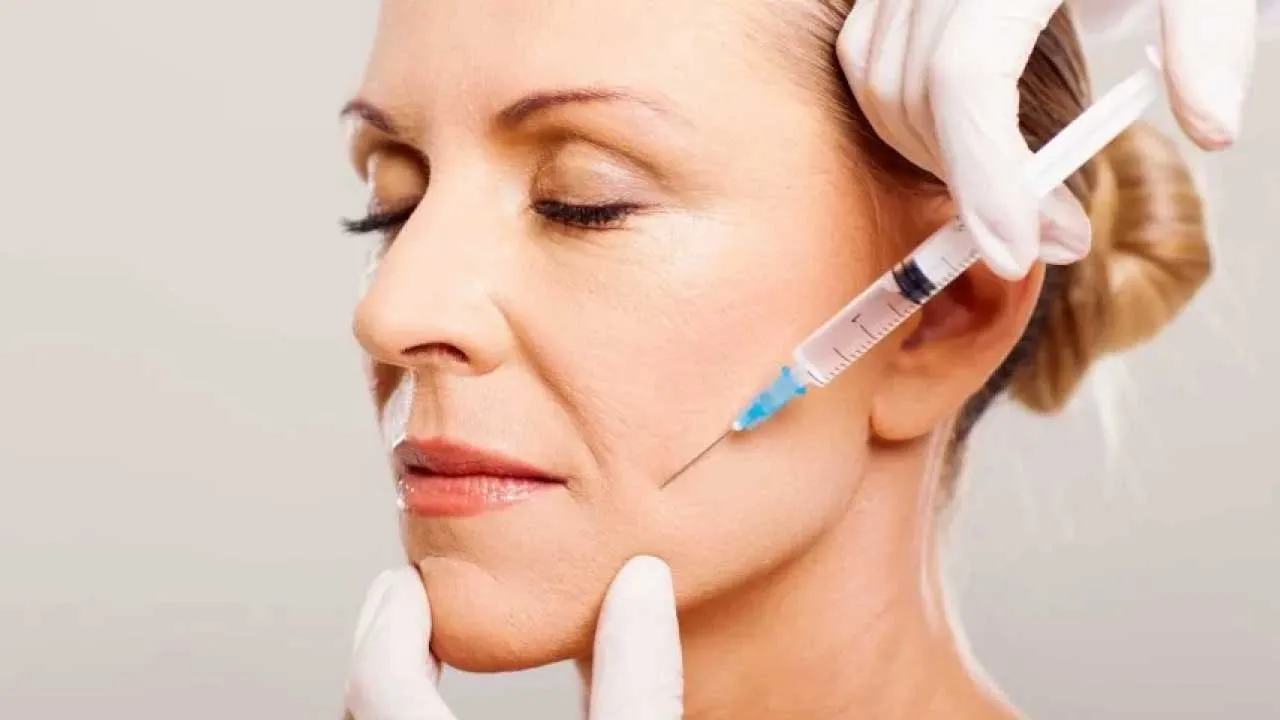
Probable Side Effects
The probable side effects may include:
Swelling and Bruising: Mild to moderate swelling and bruising at both the donor and injection sites.
Discomfort: Temporary discomfort or pain, which can typically be managed with prescribed medications.
Infection: Risk of infection at the donor or injection sites, though this is rare with proper post-procedure care.
Scarring: Minimal risk of scarring, particularly at the donor site where liposuction was performed.
Pigmentation Changes: Possibility of temporary changes in skin pigmentation at the injection sites.
Numbness: Temporary numbness or altered sensation in the treated areas, which usually resolves gradually.
Understanding these potential side effects and discussing them with your surgeon can help you prepare for your recovery and manage any concerns that may arise post-procedure.
We Are Here To Answer Every Possible Doubt You Have On Autologous Fat Grafting.
If you don’t find answer to your query, then please write to us. We are always here to help you.
What is Autologous Fat Grafting Treatment?
Autologous Fat Grafting Treatment, also known as fat transfer or fat injections, is a cosmetic procedure that involves harvesting excess fat from one part of the body and then injecting it into another area to add volume, improve contours, and enhance appearance.
How does Autologous Fat Grafting work?
Autologous Fat Grafting involves three main steps: fat harvesting, fat processing, and fat injection. Excess fat is typically taken from areas like the abdomen or thighs, purified, and then strategically injected into areas requiring enhancement.
What are the benefits of Autologous Fat Grafting?
Autologous Fat Grafting offers natural-looking results as it uses the patient’s own fat. It can be used to augment the face (such as cheeks), restore volume to hands, correct asymmetry, improve appearance of acne and post-traumatic scars and improve contours in various body areas.
Is Autologous Fat Grafting safe?
Autologous Fat Grafting is generally considered safe when performed by a qualified medical professional. Since it uses the patient’s own fat, there is minimal risk of allergic reactions or rejection.
How long do the results of Autologous Fat Grafting last?
The longevity of results can vary from person to person. Some patients may retain most of the transferred fat, while others may experience some resorption. Results can last several months to years.
Are there any side effects or risks associated with Autologous Fat Grafting?
Common side effects may include temporary swelling, bruising, and soreness at both the donor and injection sites. Serious complications are rare but can be discussed during your consultation.

